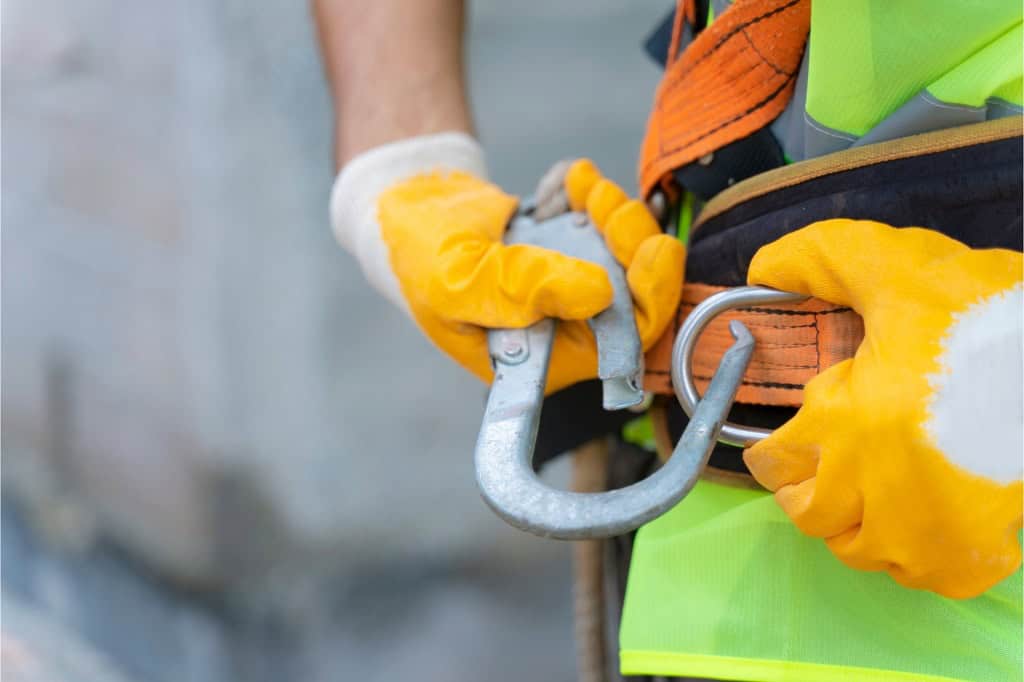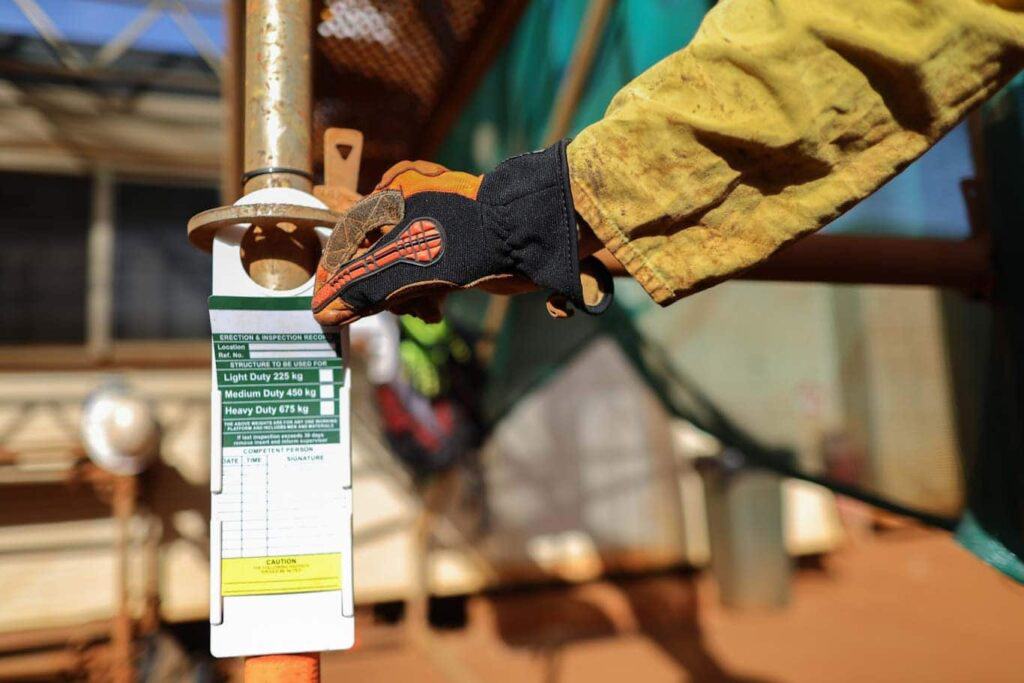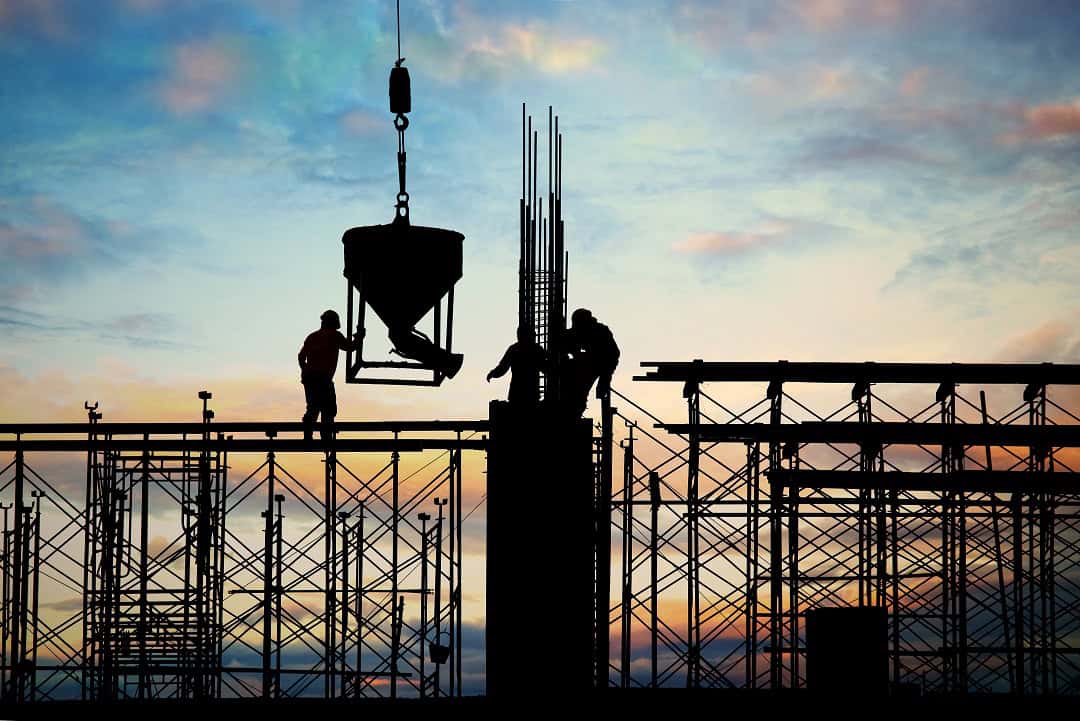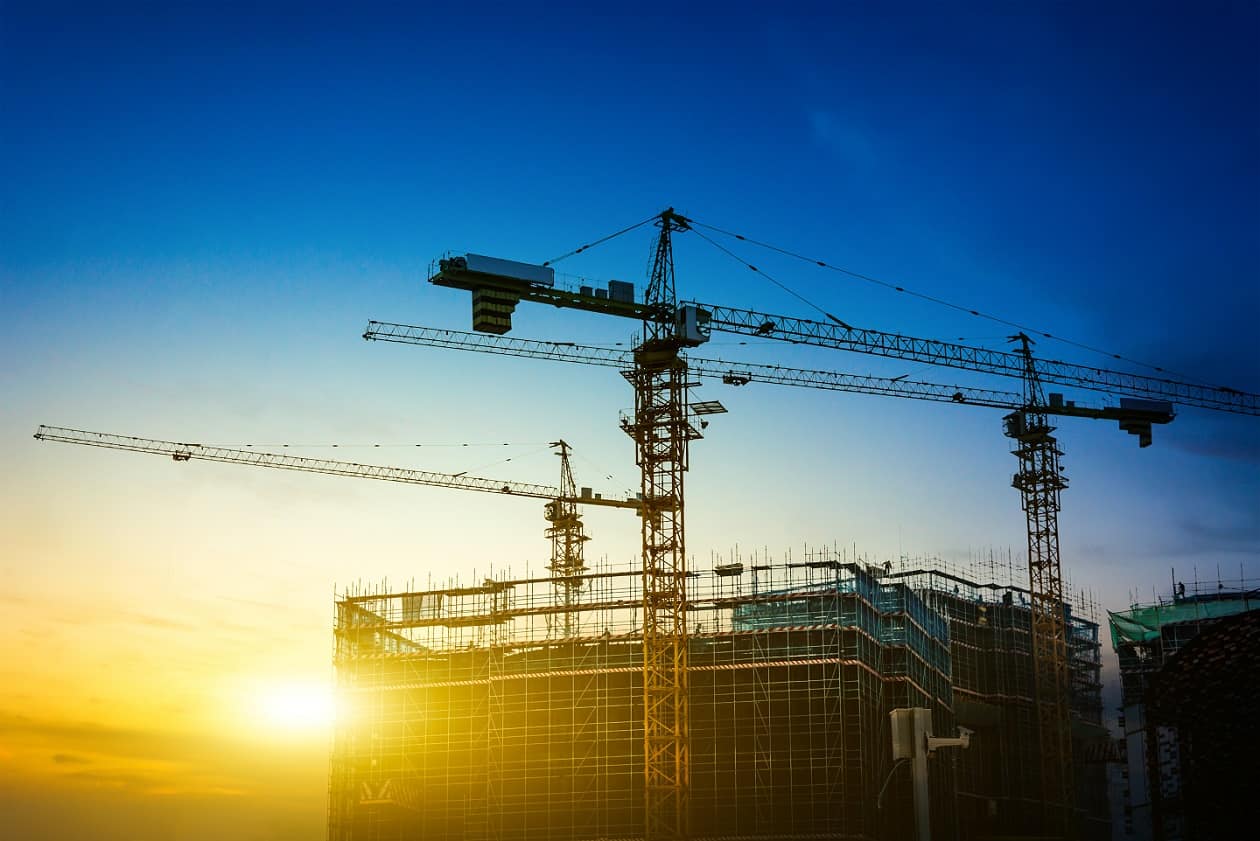Introduction
Construction sites are some of the most dynamic and hazardous work environments in the world. With heavy machinery, elevated work areas, power tools, and potentially dangerous materials, the risks on a construction jobsite are substantial and ever-present. That’s why regulatory compliance—particularly with the standards set by the Occupational Safety and Health Administration (OSHA)—is not just a legal requirement, but a cornerstone of responsible construction management.
This comprehensive guide provides an in-depth look at OSHA’s key construction safety standards, focusing on critical areas such as fall protection, scaffolding safety, hazard communication, personal protective equipment (PPE), excavation, and more. Backed by real-world insights and actionable best practices, it’s designed to help international construction contractors, project managers, and safety officers ensure their worksites are safe, compliant, and efficient.

Fall Protection (29 CFR 1926.501–1926.503)
Falls remain the leading cause of work-related fatalities in construction. OSHA’s Subpart M outlines rigorous requirements to prevent such accidents, including when and how to apply fall protection systems.
Scope & Application
Under § 1926.501, fall protection is mandatory for any worker at heights of 6 feet (1.8 m) or more above lower levels—or regardless of height when working over dangerous equipment. It also applies in scenarios such as scaffold access, formwork operations, and roofs—both low-slope and steep (> 4 in 12 pitch).
Required Systems
Employers must provide one or more of the following:
- Guardrail systems, including mid-rails and toeboards
- Safety net systems placed to intercept workers falling
- Personal fall arrest systems (PFAS)—featuring full-body harnesses, deceleration devices, lanyards, and reliable anchor points.
Alternatives like warning line systems combined with safety monitoring are allowed on low-slope roofs under certain conditions, such as roof width ≤ 50 ft. When conventional systems are infeasible, a site-specific fall protection plan per § 1926.502(k) is required.
Training & Compliance
Per § 1926.503, employees must receive comprehensive training covering fall hazards, equipment use, and rescue protocols—before work near fall risk begins.
Implementation Tips
- Install anchorages rated to industry standards.
- Perform mock rescue drills to reinforce fall event response.
- Use toolbox talks and checklists for daily hazard assessments.

Scaffolding (29 CFR 1926.451–454)
Scaffold-related incidents remain frequent. OSHA’s Subpart L sets out stringent guidelines to ensure safe erection, maintenance, and usage.
Key Requirements
- Scaffolds must support four times the maximum intended load and be founded on solid or appropriately reinforced footing.
- Platforms must be fully planked and at least 18 inches (46 cm) wide—with minimums of 12 inches for narrow types such as ladder-jack scaffolds.
- Guardrails, mid-rails, and toeboards are mandatory. Personnel must be shielded from fall hazards when working more than 10 feet (3.1 m) above lower levels.
Competent Person Oversight
A competent person must supervise erection, dismantling, or alteration and conduct daily inspections. This includes evaluating anchorage, checking ropes for wear, and ensuring overload prevention.
Suspension & Counterweight Controls
- Suspension scaffolds require secure tie-ins to prevent swaying, and counterweights capable of resisting four times the tipping moment.
- Counterweights must not use loose material and must be mechanically anchored.
- Wire ropes must be free of damage; hoists must comply with testing standards and load limitations.
Access & Safe Use
Access points must use ladders, ramps, or walkways if decking is more than 24 inches above or below. The scaffold must be stable, and moving loads should employ taglines to prevent collisions.
Implementation Tips
- Maintain scaffold logbooks for inspections.
- Use color-coded tags to mark safe/unsafe scaffolds.
- Train crews on scaffold load limits and access rules.

Conclusion
Construction sites are inherently high-risk environments, but with the right safety measures, the majority of accidents can be prevented. OSHA’s construction standards—particularly those governing fall protection, scaffolding, hazard communication, PPE, and more—exist not just as legal obligations, but as vital frameworks for protecting lives and ensuring operational stability.
For international contractors, especially those exporting to or operating in the U.S. market, compliance with OSHA standards is essential for credibility, efficiency, and long-term success. Beyond avoiding fines or delays, following OSHA guidelines helps foster a culture of accountability, professionalism, and care for worker welfare—values that clients and partners increasingly demand.
At APAC Scaffold, we understand that safety is more than a checklist—it’s a daily commitment. That’s why our scaffold systems, including Ringlock and Cuplock, are designed for durability, flexibility, and full compliance with international standards.
By integrating OSHA’s best practices into your jobsite operations—from fall prevention to fire safety planning—you can drastically reduce risks, improve workforce morale, and enhance project delivery. Regular training, consistent inspections, and reliable equipment form the foundation of a truly safe construction site.
Remember: safety isn’t a cost—it’s an investment. An investment in your people, your projects, and your brand reputation.
Let’s build a safer future, one scaffold at a time.





